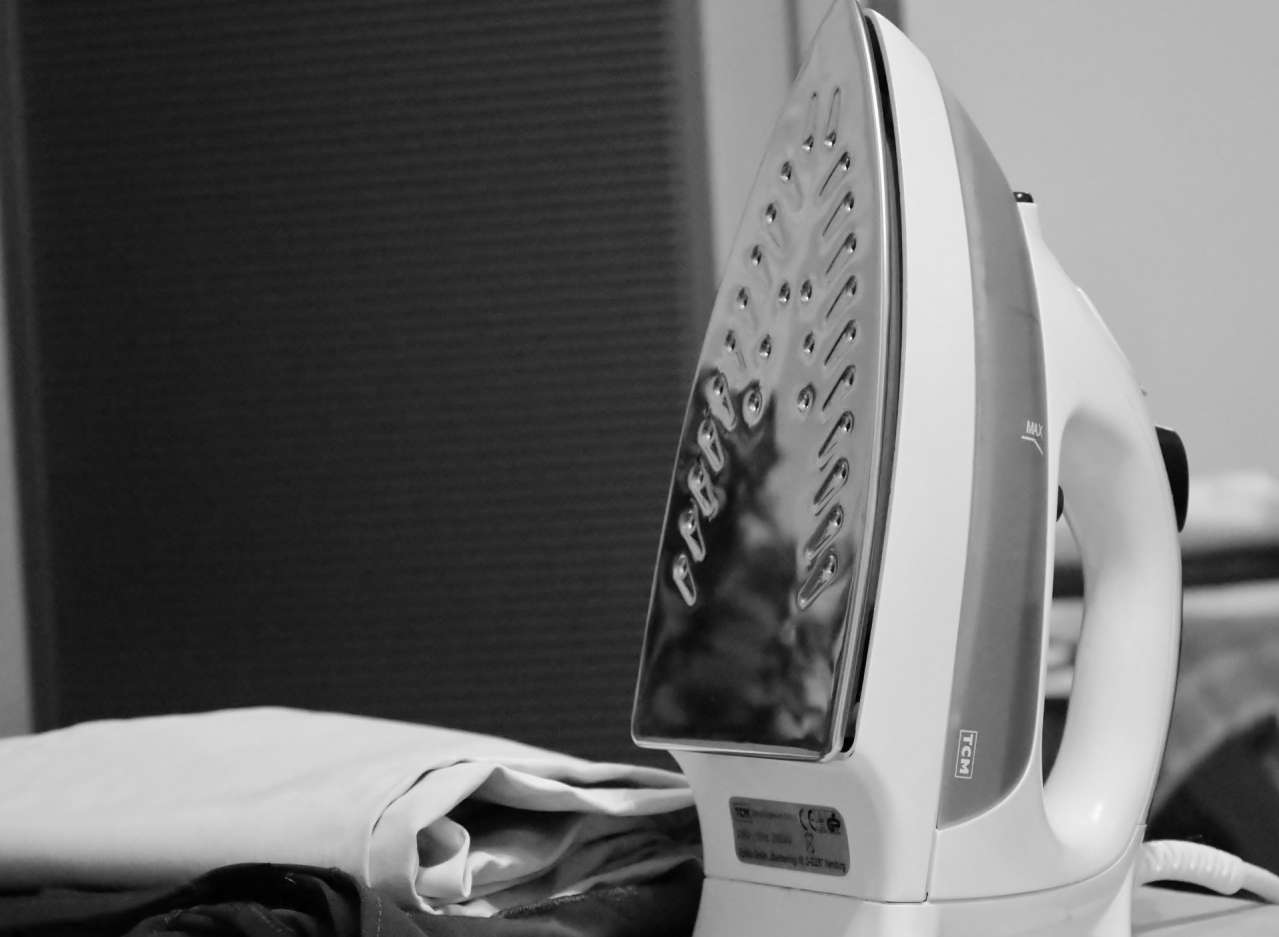Useful Tips: How to Iron Clothes Properly
To ensure that iron marks do not remain on items, items are turned inside out before ironing.
The exception is men's shirts, which are ironed on the outside.
Wool items can be ironed on both sides. Nevertheless, if you iron from the face, you need to place a damp cloth.
How to iron clothes
Finally, the collar and lapels are ironed. First, iron the top part of the product, and only then the hem.
To smooth out all the wrinkles, first run the iron across the grain thread, and then along it.

If the material is very stretchy, simply apply the iron to the fabric without moving it back and forth.
Is it possible to iron without an ironing board
If there is no board, you can put a thin blanket on the table.
Do not over-dry your laundry and clothes; to do this, use iron steam or water from a spray bottle while ironing.
For each type of fabric on the iron, it is necessary to select the appropriate temperature and mode.
Why is it harmful to iron things
The iron smoothes the fibers of natural fabrics, making them denser but less breathable.
Linen stops “breathing” and sleep comfort decreases.
Ironing also reduces hygroscopicity - threads treated at high temperatures in the fabric structure stop absorbing moisture as they should.


